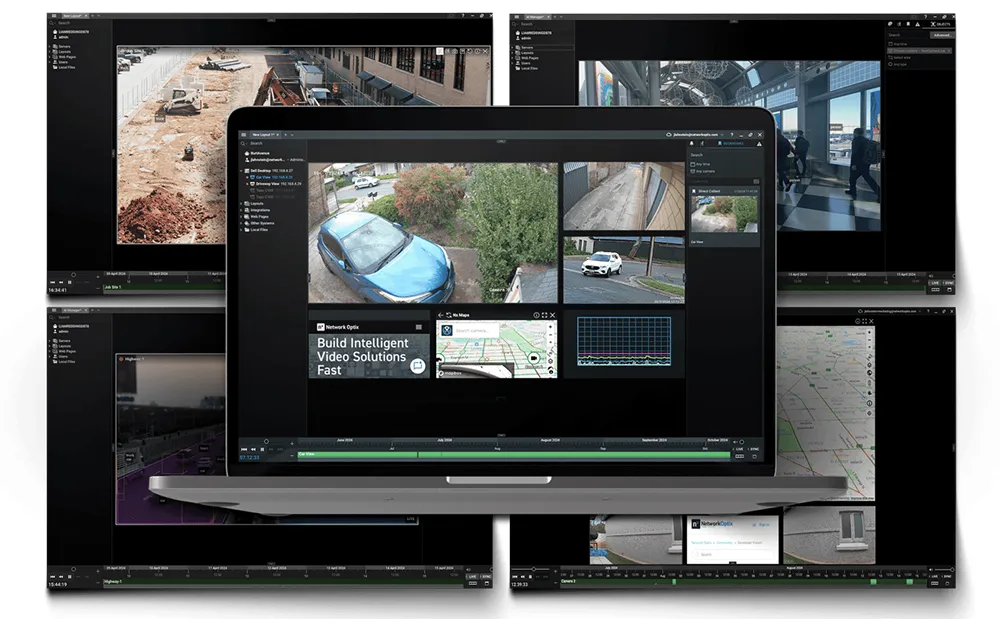Optelecom-NKF has announced its Siqura IP PTZ camera line with a flexible SFP interface for directly connecting to a fibre-optic network. The company says this feature simplifies both the set-up and maintenance of roadside camera installations where a fibre network is utilised to overcome long-distance limitations. With the flexible SFP interface built into the PTZ body, a wide range of single mode, multimode and CDWM modules can be used and an impressive range of mounting options are available.
January 24, 2012
Read time: 2 mins

"Network equipment being developed today needs to be able to handle IP traffic, regardless of the medium connecting it to the network," says Roger Decker, director of solutions and marketing. "That is why Optelecom-NFK recently developed five new IP PTZ dome cameras that can connect directly to a fixed network or wireless bridge via either twisted-pair or fibre-optic cabling. We want customers to be able to select hardware based on its ability to withstand variances on the network and to provide high-quality streams." This new camera line consists of five cameras, each optimised for its application, with indoor, outdoor, compact (MSD) and high-speed (HSD) dome camera options. Each camera is capable of quad-streaming, supporting dual H.264 streams in addition to highly configurable MPEG-2, MPEG-4 and MJPEG. All the Siqura cameras are designed to comply with globally adopted standards and are tested with leading VMS vendors.










